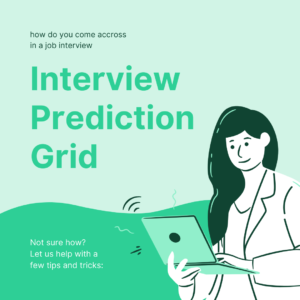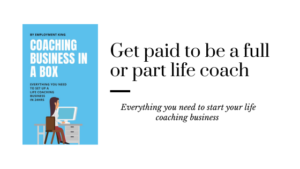Personal profiles are generally one to two A4 pages long, they take on average over an hour to complete and need to match the criteria from the job specification.
This article will teach you some value techniques to boost the amount of job interview you receive from your job application forms.
These days most companies allow you to complete the application online, the advantage here is you can start and save your application, only submitting the form when you feel it is ready.
The Personal Statement
Throughout the job application form, you will add your contact details, past employment history and your qualifications, so they do not need to be added (and repeated) on the personal statement.
Most job specifications that accompany the job application form tell you in detail, what requirements the employer is looking to be evidenced on the job application form and the importance the employer places on each criteria.
Example Job Specification:
| Factor | Essential | Desirable | Measured |
| Experience |
|
|
Application Form/Interview |
| Qualification |
|
|
Application Form |
.
As you can see some job requirements are essential and MUST BE EVIDENCED in your personal statement while other job requirements are desirable if you possess them add them to the application form.
With most job specifications the employer will tell you when they will assess each criteria; Interview/Application Form
The Profile Layout
The whole of the application should be easy to read, if you need to add additional pages to the application form, add them and make a note (and give a reference number to each individual page) in the application form so an employer does not miss this vital information.
Always complete a spell and grammar check, if possible ask someone else to check your application form for you.
You can use headings to split up your text; the essential criteria requirements make the best headings. If you do not like to use headings follow a format so information is not missed or duplicated throughout the job application form.
How to Sell Yourself in a Job Application Form
Start with an opening paragraph; a mini summary that can highlight your best strengths and skills in 4-5 lines. For ideas ask yourself these 3 questions:
- What is your key message you want to convey to the employer?
- What are your 3 main strengths relevant to the job role?
- How would the company benefit from hiring you?
The opening paragraph must intrigue the employer, encouraging them to read your statement in more detail.
Avoid writing general information such as “I’m a good team player” write how your experience has made you a good team player, stories work well in personal statements.
Ensure every paragraph you write is relevant to at least one of the essential criteria from the job specification.
Remember you have to prove to the employer that you understand the job role, duties and industry. The best way to prove you possess this knowledge is to record that you have completed the essential criteria in a past role.
Feeling tired, take a break and grab a bite to eat, don’t make mistakes due to tiredness; in most cases, you will have several weeks to complete the application form.
Make your statement interesting; if you were reading the statement would you want to carry on?
- Keep the statement positive – use stories
- Use enthusiastic language
- Highlight your strengths and key skills
At the end of the personal statement, write a brief summary of why you have applied for this role, what has made you pick this particular role and/or organisation?
 Complete your Application Forms.
Complete your Application Forms.
Re-write your application 2 more times, each time edit your statement, deleting negative language and adding more positive stories; you want this statement to be the best it can be, ensuring you get a guaranteed interview.
Imagine you’re the interviewer, really visualise yourself as the person who is going to read your job application form, get into their mind and even sit how you think the interviewer would sit. Read the application form, from the interviewer’s eyes, remember the interviewer has never met you and only knows what you have recorded about yourself.
As the interviewer, did the “you” on the application form come across well? Do you feel the application form has mentioned all your strengths’? Will the interviewer want to interview you, now they have read the application form?
Ask Yourself:
- What have you missed from the application form, which needs to be added?
- Double-check the job specification, have you highlighted all the essential criteria in your personal statement?
- Is there anything else you can do to improve the application form?
Now you have a completed application form, an application form that really highlights your strengths and skills, you are probably really proud of this application form, especially after all the hard work you have put into it.
Keep a copy of this completed application form as you can use this draft copy as a basis for all your future job application forms.
When writing a new application form, copy and paste the statement from your original application into your new one, edit each new application/profile to make it relevant to this new position and company, this will save you a large amount of time.










